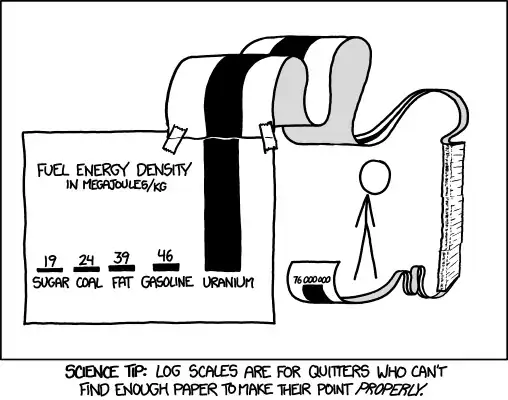Summary: a Bussard Scoop is your only hope, but it is a very unsafe bet.
As others have pointed out: no, it cannot be done in the traditional sense of "renewable energy" as we know it on Earth. Space is terrifyingly empty of everything, including energy to harvest.
But I want to ask you to challenge the premise. My question to you is this:
Did you mean "renewable" or "sustainable" energy?
Why do you require your energy source to be "renewable"? Is there a story element that requires it, or did you tack that label on in hopes that "renewable" means "good"? Where "good" in turn means "sustainable", "does not produce waste", "reliable", "available", "does not use consumables", "just works and works for centuries"?
If there is a plot element behind it, then as I said: you are bust. If your travelers' motivation for demanding "renewable energy" on their ship does not amount to anything other than "We just want it that way", then the answer from their ship builder will be a harsh but truthful "Then you are not going into space". Do keep in mind that travelling in space is not a leisure cruise. It is not for the squeamish and happy-go-luckies. There are some hard decisions to make, and you will not have several of the "luxury" options available to you in space that you have on Earth. Renewable energy is one of these luxuries.
But if you were simply looking for an energy source that will sustain your travelers for centuries, then you have used the wrong approach by assuming that renewables are the only thing that works.
The safest bet is nuclear power. Already fission power provides a quite ridiculous energy density in its fuel.

Source: xkcd 1162, "Log Scale"
Assuming fourth generation nuclear fission power, approximately 50 grams of nuclear fuel will sustain one person with electricity and other energy for a normal human lifetime. That is quite manageable. You are going to need much more in terms of other consumables and renewables for every person on that ship. If you were worried about having to haul fuel along, this is not a problem, because the premise alone means that you will be hauling stuff along to sustain the people anyway, and a load of fuel for nuclear power does not add any significant amount of weight.
If we then assume fusion power, the energy density becomes even more ludicrously high. Assuming for instance that the Polywell reactor works...
 EMC2's "Wiffle Ball 8" reactor in operation.
EMC2's "Wiffle Ball 8" reactor in operation.
...then we are talking about needing less than 1 gram of fuel per person and lifetime. Also with Polywell you can use aneutronic fusion, which means no radioactive waste products. In its aneutronic mode, Polywell uses 1 atom of Boron and 1 atom of Hydrogen to make 3 Helium per reaction... Helium that is not radioactive and that can be safely vented to space.
So I ask you again: why did you put "renewable" in the question? Was that really what you wanted? Or were you simply looking for a sustainable source of energy?
You will never get one that works forever without making "landfall", near or in star systems. But you can get one that works for a very long time, in nuclear fission or fusion power.


